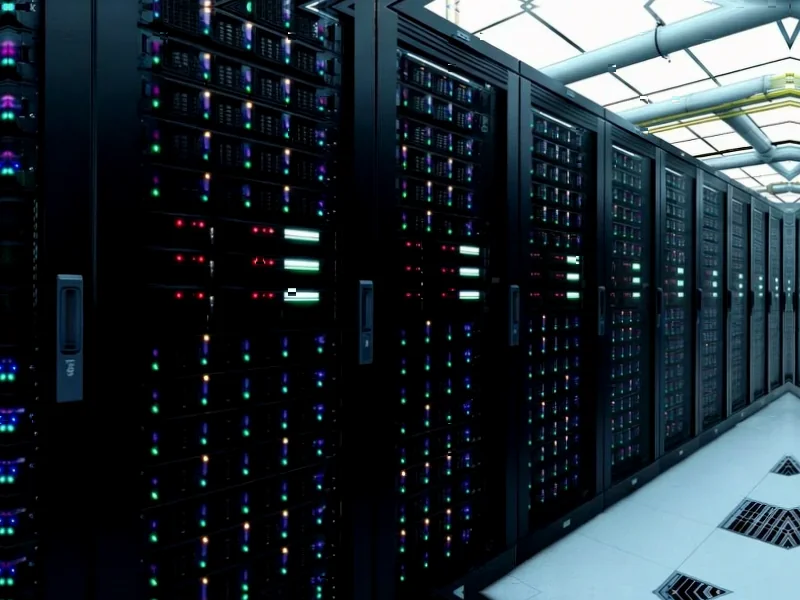According to Forbes, last month’s AWS US-EAST-1 data center failure knocked out platforms from Snapchat and Reddit to Fortnite and financial apps, highlighting system fragility. A 2025 New Relic report puts the median cost of major outages at nearly $2 million per hour, making faster detection financially critical. While 87% of organizations say AIOps investments meet expectations, Riverbed’s survey found only 12% achieve full enterprise deployment. Gaurav Toshniwal, CEO of Sherlocks.ai, explains AIOps value comes from cutting alert noise and speeding fixes, while persistent barriers include data quality and integration challenges. Christer Holloman notes even major financial institutions are rethinking performance tracking after the AWS outage.
The ROI Problem
Here’s the thing about AIOps – everyone wants it, but nobody can quite prove it’s working. The logic seems solid enough: fewer false alerts means less wasted time, faster fixes mean happier customers, and avoiding downtime saves millions. But attribution? That’s where things get messy.
Performance often improves after rolling out AI tools, but is it the AI or just cleaner data? Better workflows? More experienced engineers? Most companies can’t easily separate these factors. Toshniwal’s company tries to solve this by benchmarking mean time to detect and resolve before and after deployment. But that kind of rigorous measurement is still rare across the industry.
Different Companies, Different Realities
Startups see value faster because they deploy rapidly and face frequent incidents. Automation lets smaller teams stay reliable without adding heavy operational overhead. But enterprises? That’s a whole different ball game.
Legacy systems, overlapping vendor tools, and dependence on a few key engineers make everything harder. When those experienced people leave, critical knowledge walks out the door too. For big companies, AIOps becomes less about automation and more about preserving hard-earned expertise. The ROI shifts from “fix things faster” to “don’t lose institutional knowledge.”
The Accountability Era Arrives
After the AWS outage, something changed. Even major financial institutions started seriously rethinking how they track performance and risk. With downtime costs climbing toward $2 million per hour, executives are demanding proof that their tech investments actually deliver business value.
Toshniwal thinks the industry needs a “reliability scorecard” that tracks detection speed, fix times, and avoided downtime. Basically, consistent benchmarks that make results comparable. And he’s right – without clear metrics, AIOps risks becoming just another vendor buzzword that fails to deliver.
What Comes Next
We’re at a turning point. The initial rush of AIOps investment is giving way to a more disciplined phase where proof matters more than promise. As Alois Reitbauer from Dynatrace noted, observability is shifting from reporting application health to informing business decisions.
The next frontier? Moving from reacting to incidents to predicting and preventing them entirely. If the last decade was about seeing systems clearly, the next one will be about understanding them deeply enough to act in real time. And with observability becoming increasingly strategic, reliability will sit at the center of business strategy as the clearest sign that data, not guesswork, runs the show.




